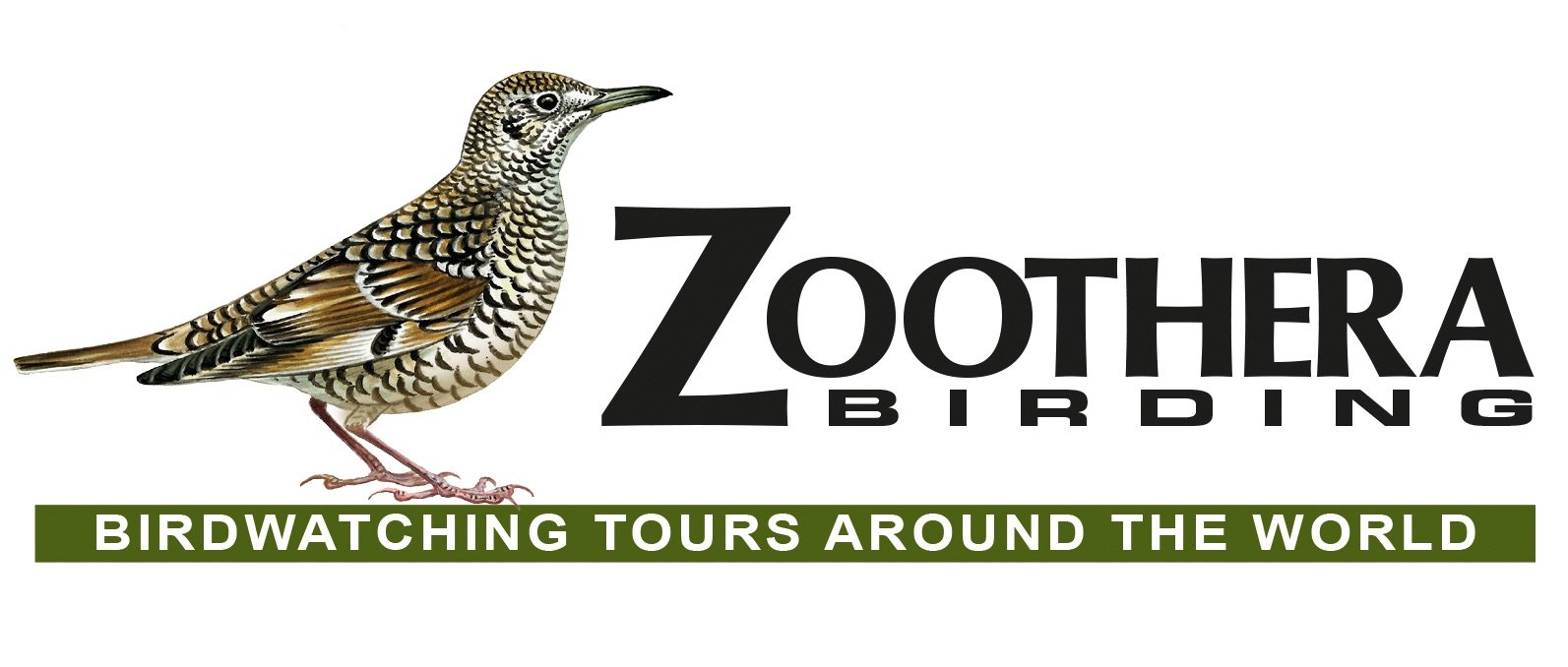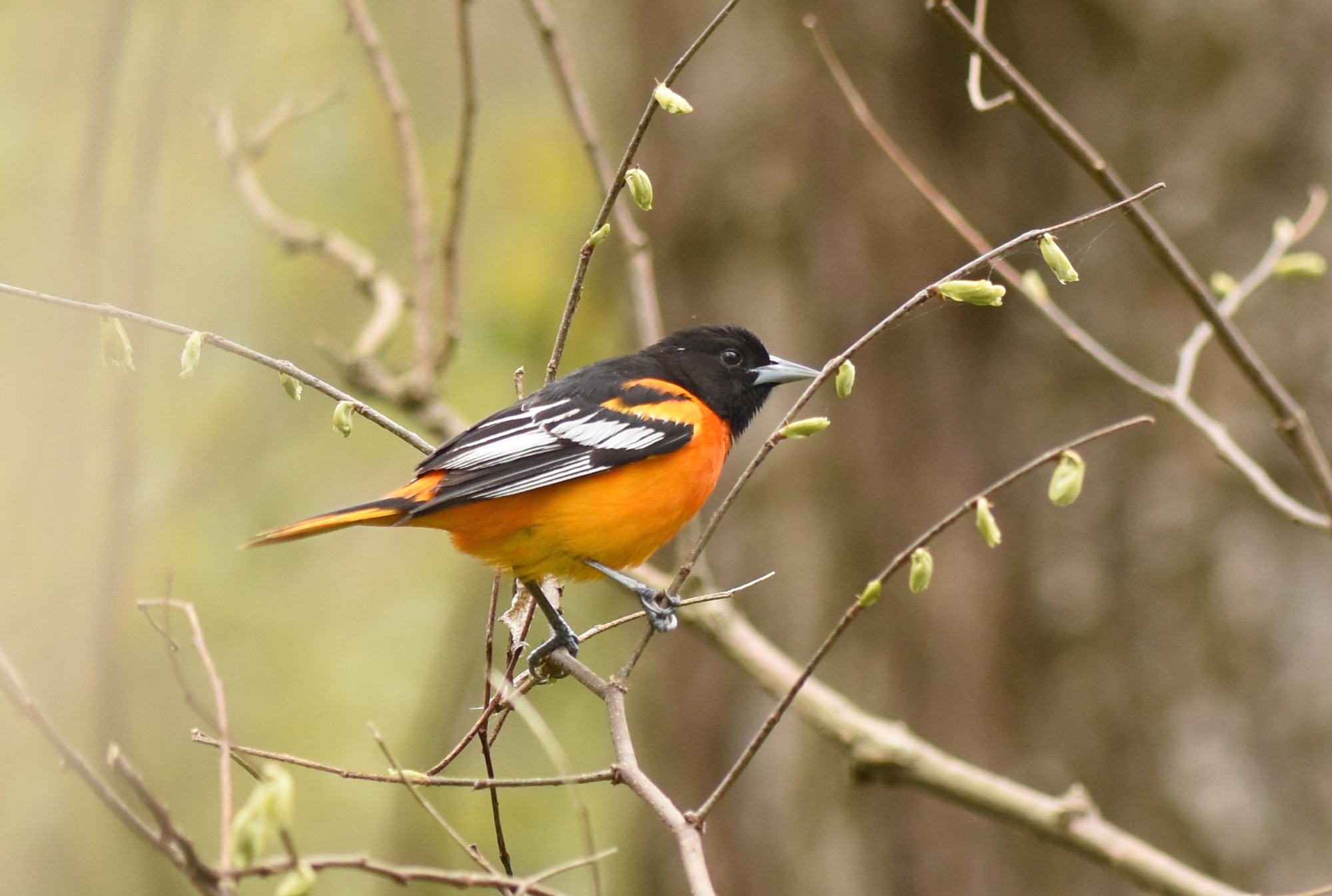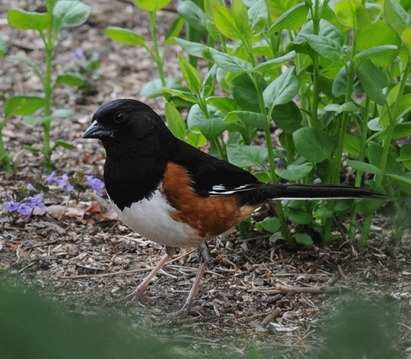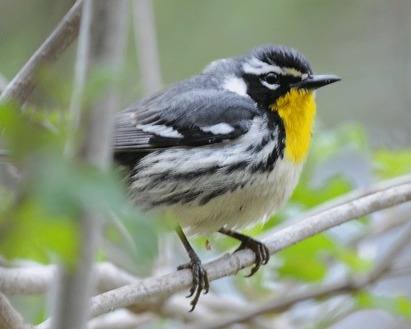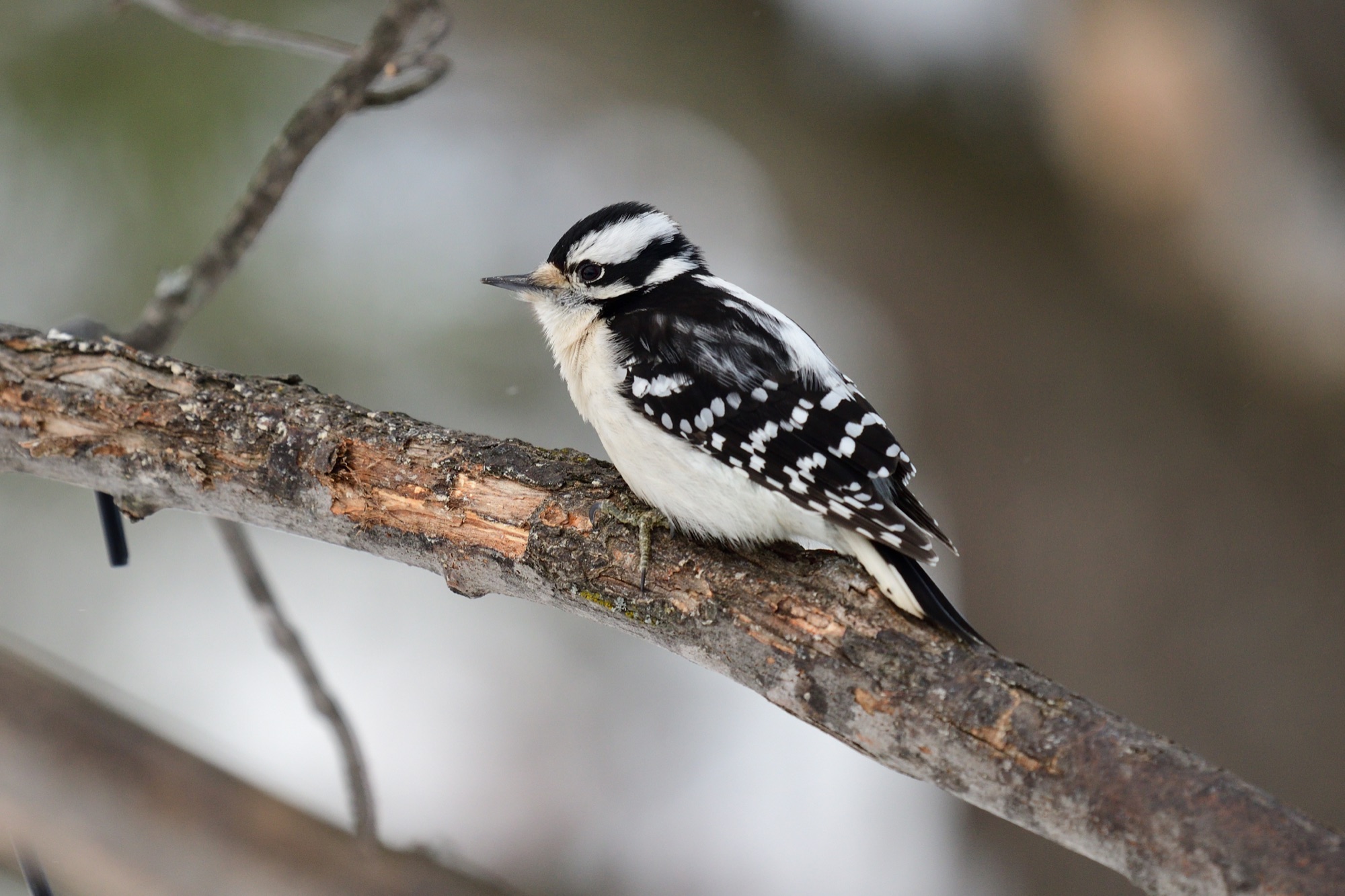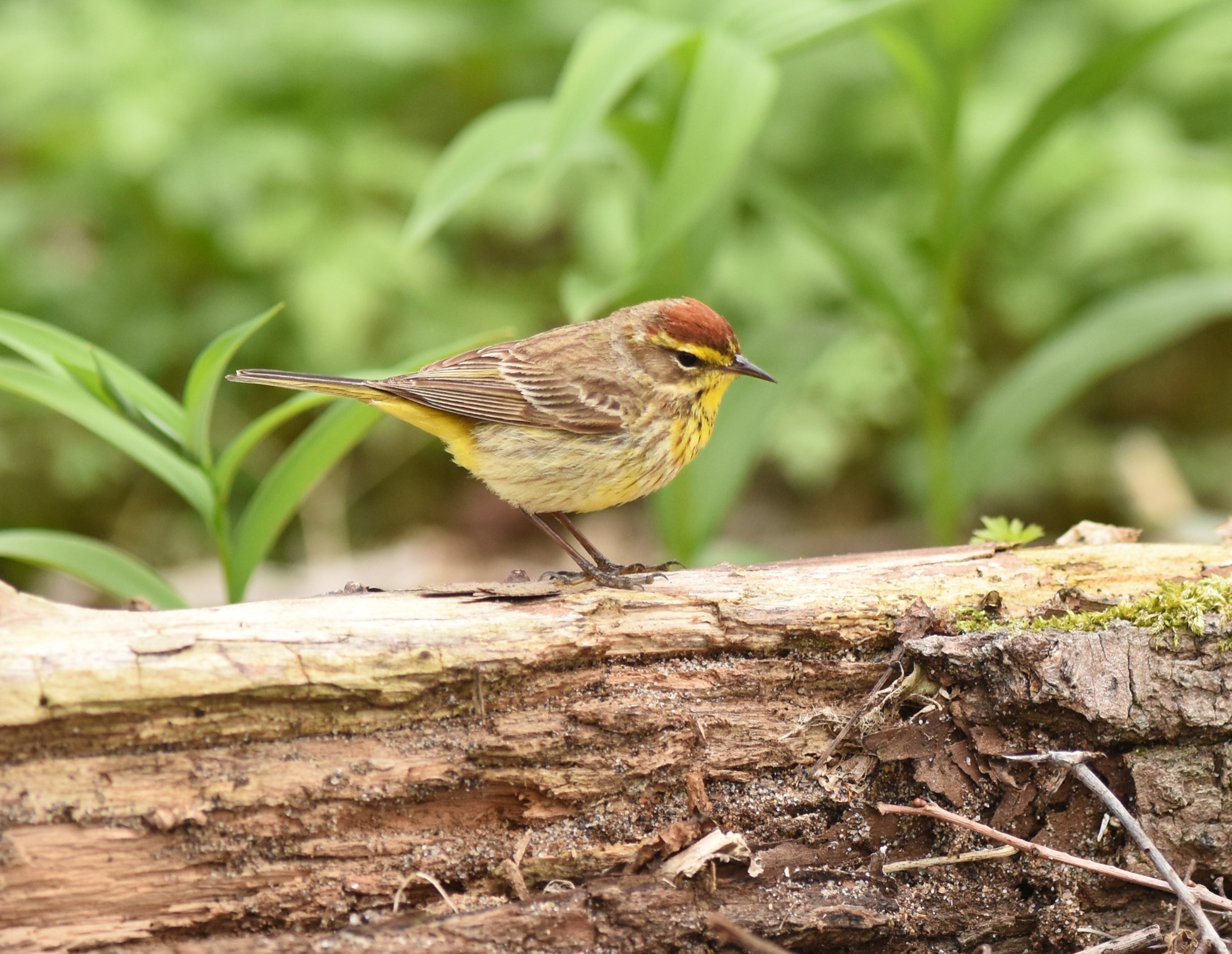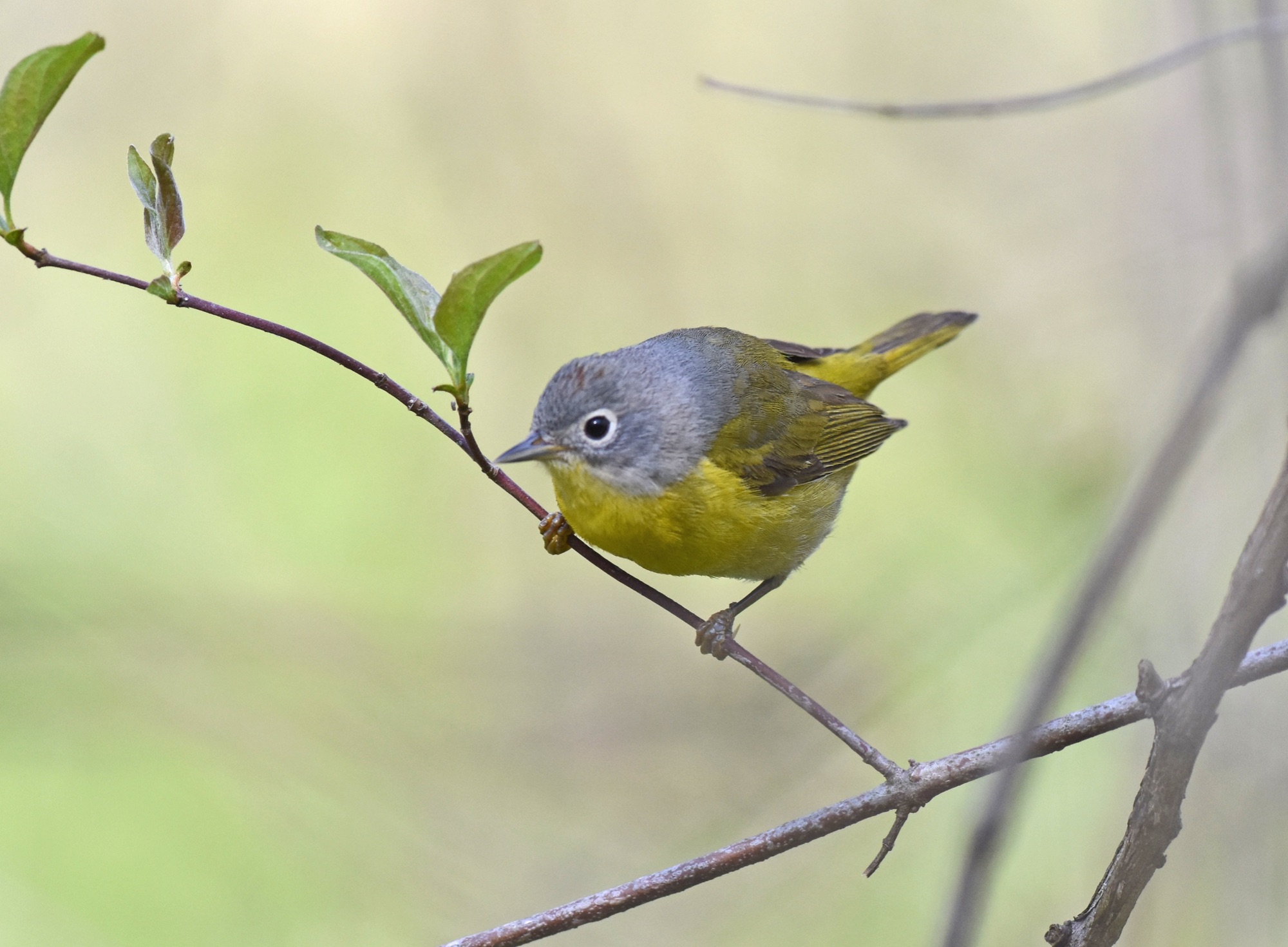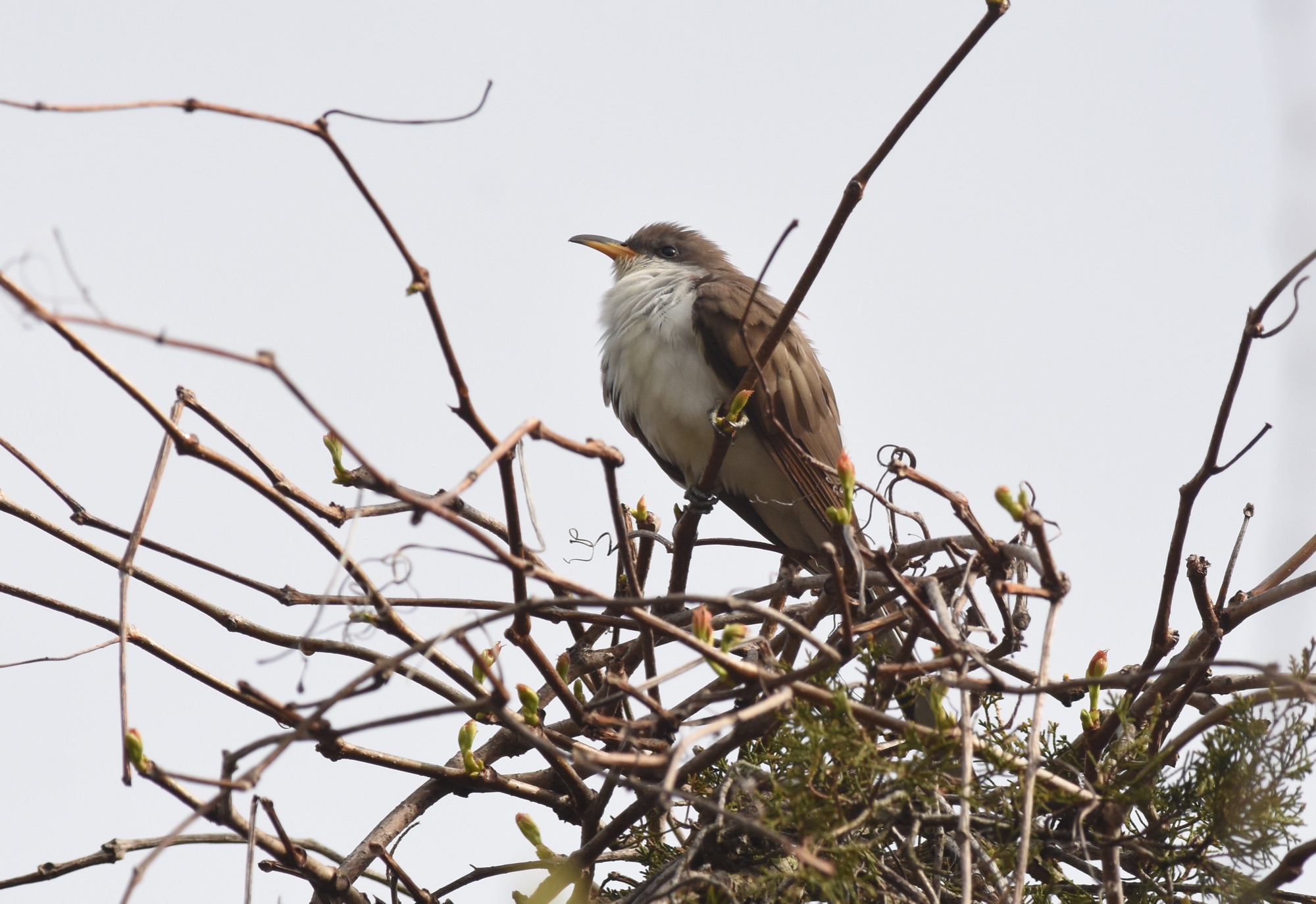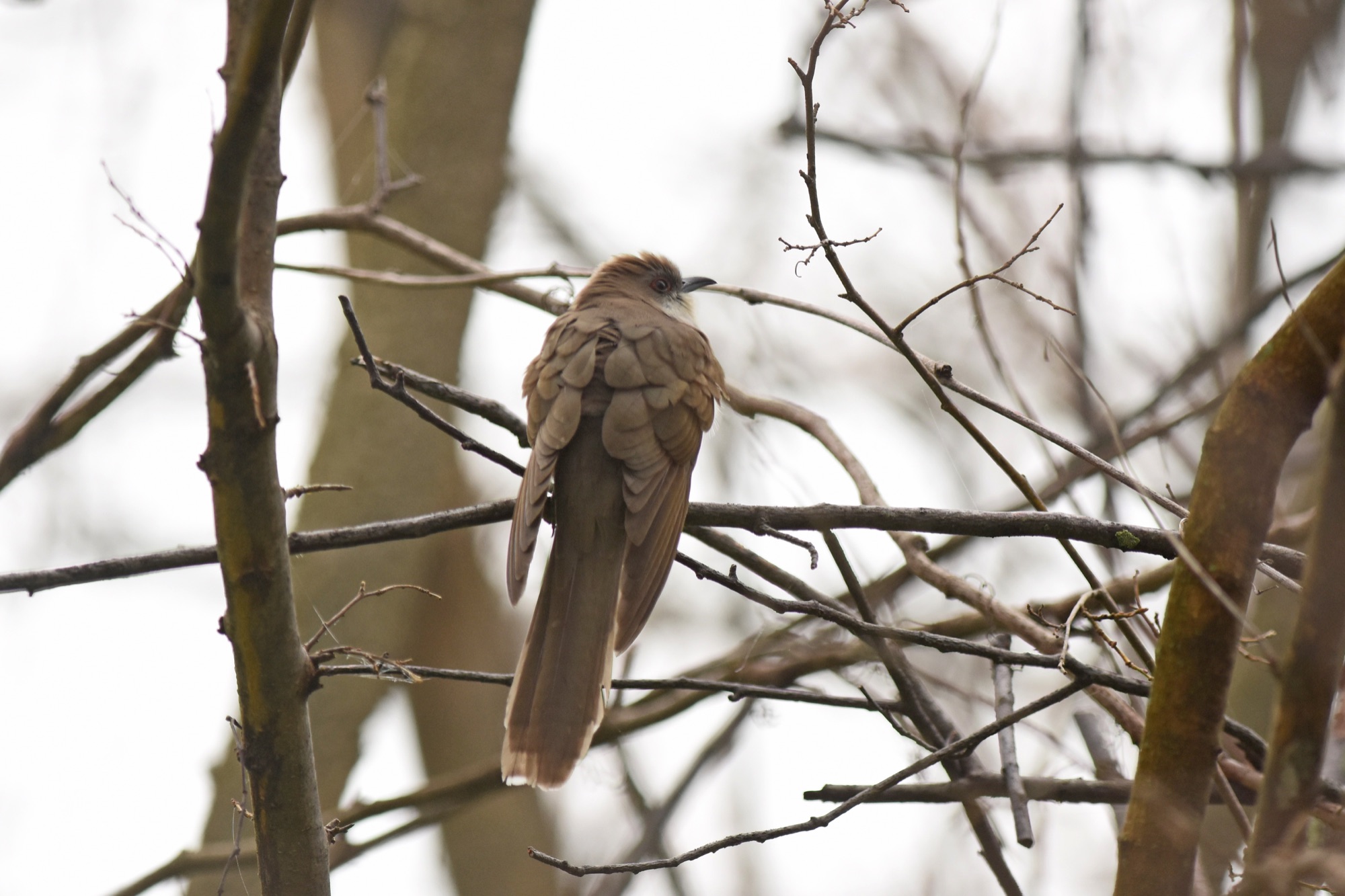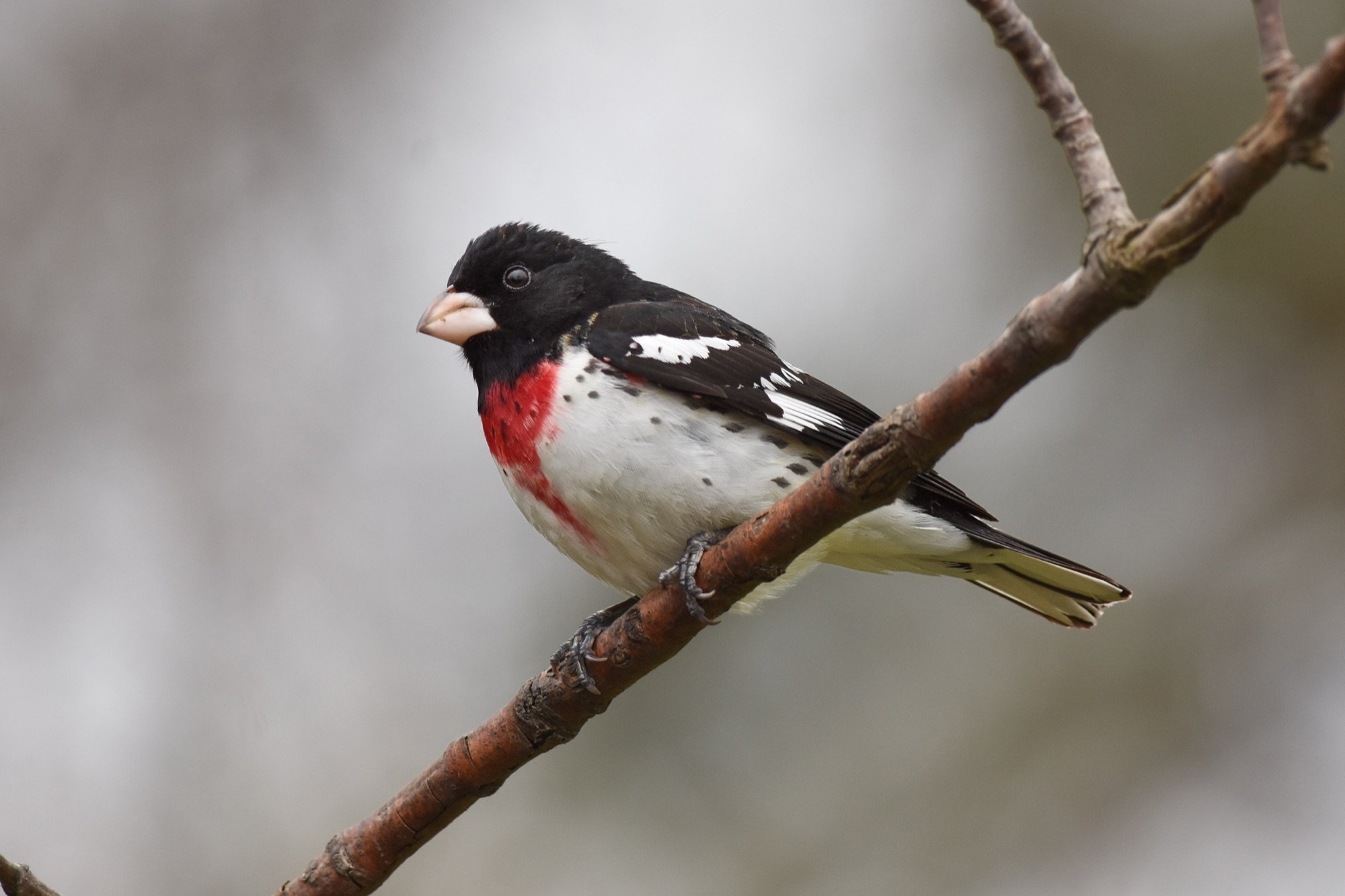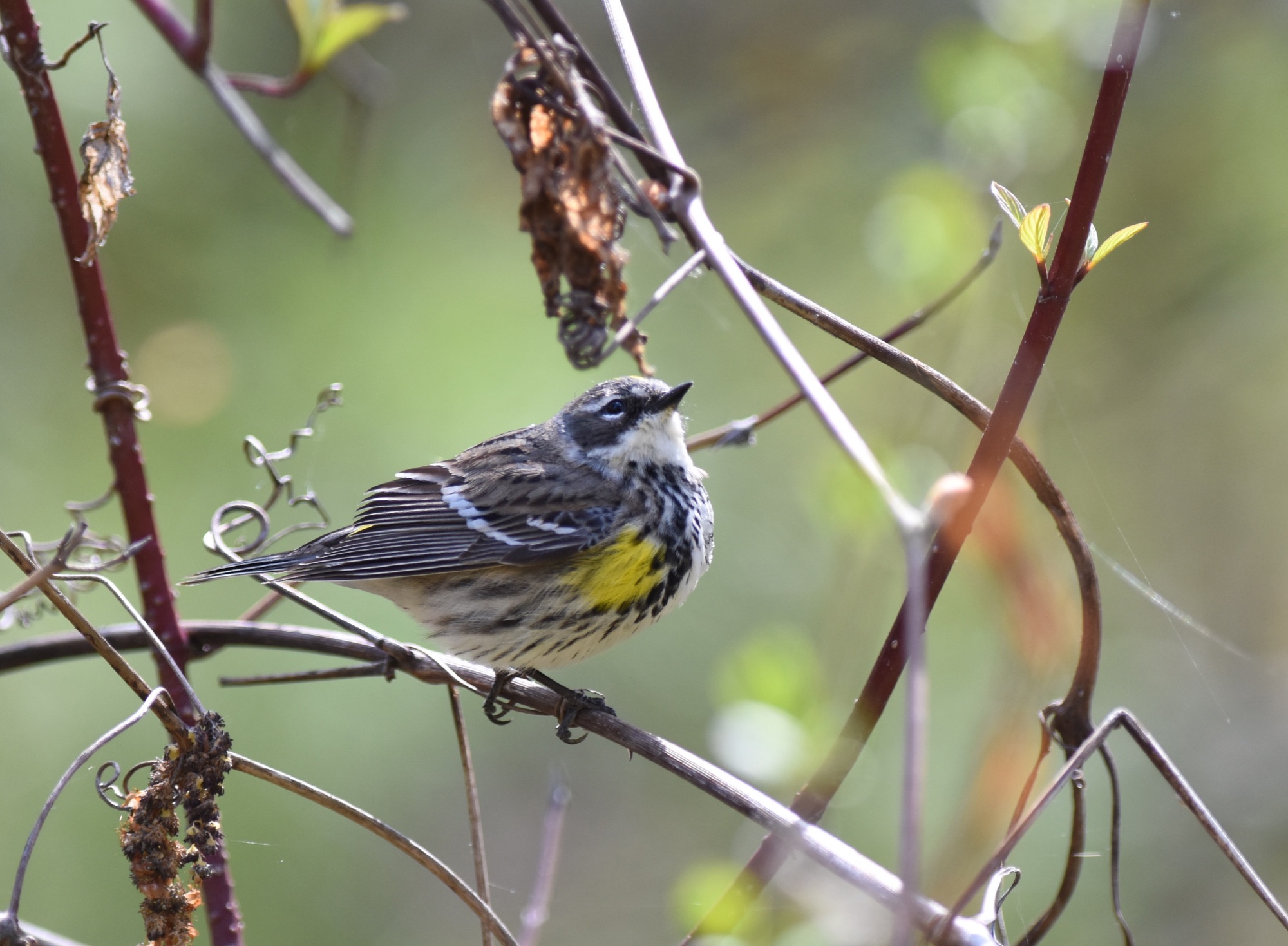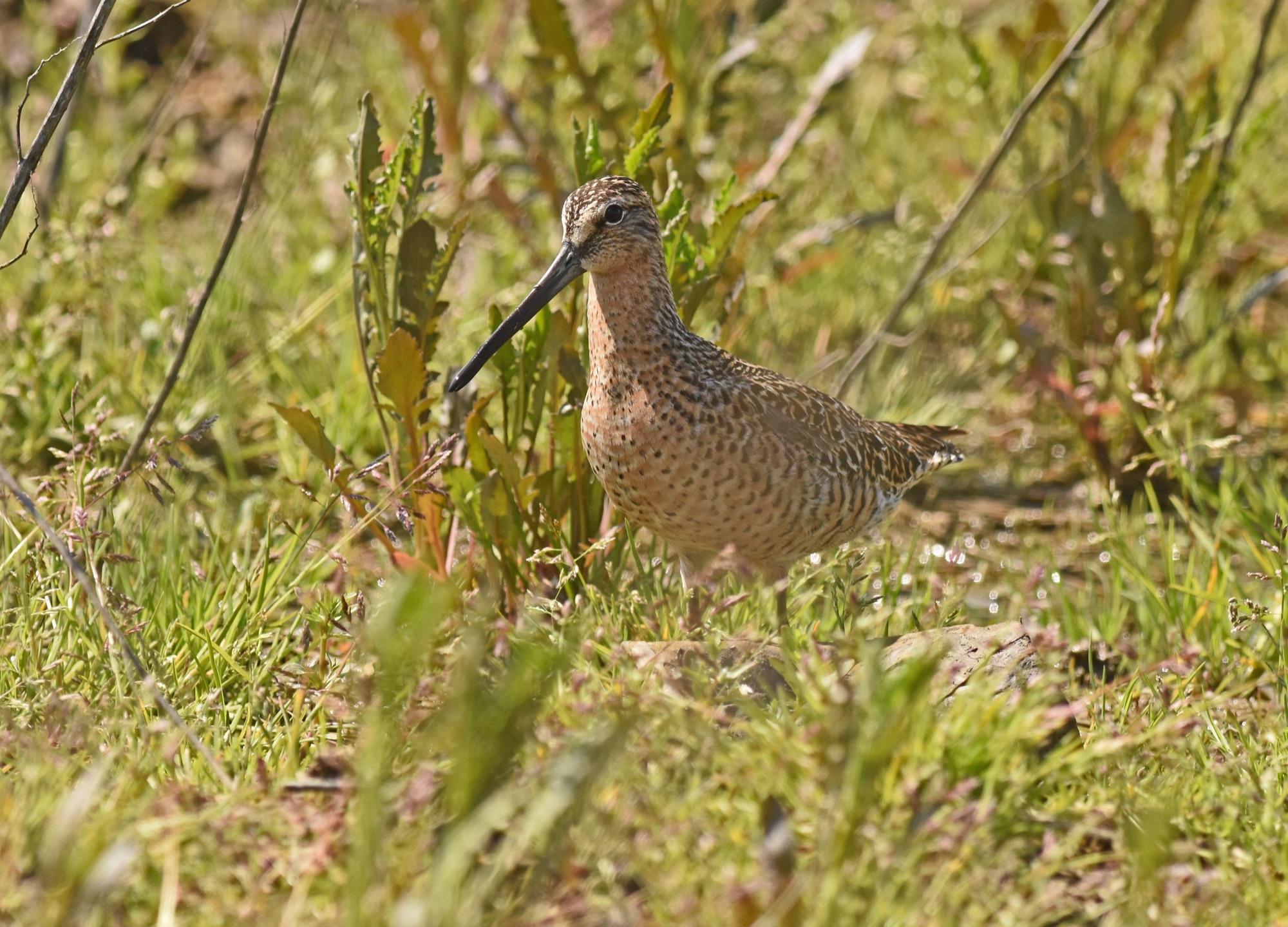TEXAS MIGRATION HOUSE PARTY 2026
DAY 1 ARRIVAL HOUSTON, TEXAS - 13th April 2026
Plan on arriving today in Houston at George Bush Intercontinental Airport (airport code: IAH) where we will transfer to a motel, just for tonight, near Conroe to the north of Houston. Night near Conroe.
DAY 2 WG JONES STATE FOREST - HIGH ISLAND
We will visit nearby WG Jones State Forest primarily for Red-cockaded Woodpecker, classified as Near Threatened by BirdLife International and a specialist of Pine Forests and a very localised species. Other species present include Red-headed, Red-bellied & Downy Woodpeckers, Brown-headed Nuthatch, Eastern Bluebird, American Robin, Tufted Titmouse, Carolina Chickadee, Carolina Wren, Blue-grey Gnatcatcher, Blue Jay, American Crow, Northern Cardinal, Northern Mockingbird, Red-winged Blackbird, Pine Siskin, White-eyed Vireo, Chipping & White-throated Sparrows, Brown-headed Cowbird and Pine Warbler. Quite possibly we could see some migrants such as Broad-winged Hawk, Ruby-throated Hummingbird, lingering Cedar Waxwing, Chimney Swift, Yellow-throated Vireo, Summer Tanager or Myrtle Warbler amongst many other possibilities.
Once we are finished here we will drive around two hours to High Island, where we may well visit either Smith Oaks or Boy Scouts Wood for our first taste of what migration birding along the Upper Texas Coast is all about. And that's just for starters! We will spend our first of eight nights together at our wonderful house, close to all of the birding sites..
DAYS 3 - 9 HIGH ISLAND - ANAHUAC - BOLIVAR FLATS - SABINE WOODS
Our superbly located house gives us a fantastic opportunity to explore various sites along the Upper Texas Coast, which has gained a world wide reputation for being one of the best places to be during North American spring migration, and given the right weather conditions can witness breathtaking falls of thousands of birds. Each day here produces different birds, where one day may see hundreds of raptors passing through, while the next shorebirds take over. But passerines are the crowning glory with a feast of flycatchers, vireos, thrushes, orioles, tanagers, grosbeaks and up to 30 species of American wood warbler possible! Everyday will see us exploring the coastal woodland, fields, freshwater marshes, saltwater marshes, mudflats, and even the Piney Woods in search of a mouth-watering selection of migrant and resident species.
Anahuac National Wildlife Refuge is a 37,000-acre refuge comprising a mixture of lakes, reedbeds, flooded fields, prairie, coastal marsh and small woods. No doubt we will drive the 2.64 mile (4.25 km) auto tour loop on a couple of occasions and check out the boardwalk at the famous Shoveler Pond where we can scan the open water for a variety of wildfowl such as Fulvous Whistling-Duck, Mottled & Ruddy Ducks, Green-winged & Blue-winged Teals, American Wigeon and Redhead, along with species such as Pied-billed Grebe, White-faced Ibis, Purple Gallinule, Common (American) Gallinule, American Coot and others. We will also make a concerted effort to see skulking species as Least & American Bitterns, Sora, King & Clapper Rails on each visit. There's a huge list of potential species here, which could include Yellow-crowned Night-Heron, Great Blue, Little Blue, Tricoloured & Green Herons, Great & Snowy Egrets, White Ibis, Neotropic Cormorant, Crested Caracara, Red-tailed, Swainson’s & Broad-winged Hawks, Northern Harrier, Black-necked Stilt, American Golden Plover, Hudsonian Godwit, Greater & Lesser Yellowlegs, Upland, Spotted, Buff-breasted, Pectoral, Solitary & Stilt Sandpipers, Wilson’s Phalarope, Long-billed & Short-billed Dowitchers, American Black Tern, Belted Kingfisher, White-winged Dove, Tree & Cliff Swallows, Northern Rough-winged Swallow, Eastern Kingbird, Scissor-tailed Flycatcher, Sedge Wren, Grey Catbird, Savannah, Swamp & Seaside Sparrows, Dickcissel, Red-winged Blackbird and Brown-headed Cowbird.
Bolivar Flats Shorebird Sanctuary is a site of international importance with its complex of mudflats, dunes, salt marsh, uplands and beach. it's a mecca for a wide variety of shorebirds, gulls and terns. Numbers of shorebirds vary but can be in the thousands with a variety of commoner species we are rather familiar with in Western Europe as well as American Avocet, American Oystercatcher, Eastern Willet, Snowy, Wilson’s, Piping & Semipalmated Plovers, Hudsonian Whimbrel, Marbled Godwit, Long-billed Curlew, Short-billed Dowitcher, Semipalmated, Western & the tiny Least Sandpiper. We will be hoping for something more uncommon such as a White-rumped or a Baird’s Sandpiper. Other species present could include Black-necked Grebe, Brown & American White Pelicans, Double-crested Cormorant, Reddish Egret, Roseate Spoonbill, Laughing, Ring-billed & American Herring Gulls, Royal, Caspian, Gull-billed, Forster's & Least Terns, Black Skimmer, Horned Lark, Nelson’s Sharp-tailed Sparrow, Eastern Meadowlark, and both Boat-tailed and Great-tailed Grackle.
The Piney Woods are a little inland and we may well pay a visit if we still need Bachman's Sparrow or need better views of Red-cockaded Woodpecker. We could also find Pileated Woodpecker, Northern Flicker, Red-bellied Woodpecker, Loggerhead Shrike, Great Crested Flycatcher, Eastern Wood Pewee, American Crow, Purple Martin, Brown Thrasher and Common Grackle. if there's any news on Swallow-tailed Kite or a Bald Eagle, we will definitely follow that up! And maybe we will take an evening excursion to find a Chuck-Wills-Widow or Barred Owl or swing by a site for Fish Crow?
High Island and more specifically Boy Scouts and Smith Oaks Sanctuary are the mecca for spring migrants and everything and anything is possible. We will be hoping for some of the more 'southerly' American wood warblers to put in an appearance such as Swainson's, Worm-eating, Hooded & Kentucky Warblers, and Louisiana Waterthrush. But we have a great opportunity to see a 'who's who' of mouth-watering warblers such as Tennessee, Orange-crowned, Blue-winged, Golden-winged, Nashville, Yellow, Magnolia, Black-throated Green, Black-throated Blue, Blackburnian, Bay-breasted, Cape May, Chestnut-sided, Blackpoll, Cerulean, Prothonotary, Wilson's and Black-and-white Warblers, Northern Parula, American Redstart, Ovenbird, Northern Waterthrush and Common Yellowthroat. And all in stunning breeding plumage!
But that's only one part of the story. As for us birders there's also a whole host of other migrants that rarely occur in Western Europe and we have chances of finding Yellow-billed & Black-billed Cuckoo, Common Nighthawk, Chimney Swift, some of the Empidonax species such as Least, Yellow-bellied or Willow Flycatchers, Eastern Phoebe, Eastern Kingbird, Wood, Swainson’s & Grey-cheeked Thrushes, Veery, American Robin, Grey Catbird, Northern Mockingbird, Red-eyed & Philadelphia Vireos, Summer & Scarlet Tanagers, Rose-breasted Grosbeak, White-crowned Sparrow, Indigo Bunting and Baltimore Oriole. That list of species is every birders dream of seeing in the UK! Other migrants also occur, often in good numbers, such as Ruby-throated Hummingbird, Carolina Wren, Ruby-crowned Kinglet, Warbling, White-eyed & Blue-headed Vireo, Blue Grosbeak, Orchard Oriole and Yellow-breasted Chat.
We will, of course, be hoping for perfect weather conditions which could produce a spectacular fall of migrants.And at the end of each day we will return to our private house for a wonderful meal and complimentary drinks. We can do our checklist for the day and relax in our wonderful surroundings, discussing the day's events, bird identification and the quality of the local beers!
DAY 9 HIGH ISLAND - HOUSTON - END OF TOUR - 22nd April 2026
Depending on flight times we may be able to visit some nearby sites for a few hours birding this morning before heading to the airport and our flight back to the UK and conclusion of a very special and fun-filled Zoothera House Party tour.
